From Kanji to Kimchi: 4 Easy Recipes To Make Your Own Probiotic At Home
Everybody is chasing probiotics today. What is the hype surrounding it? Let us decode.
Think of your gut microbiome as an intelligent and diverse colony of trillions of strains of bacteria, fungi, bacteria, and viruses – both good and bad. When the bad gut bugs overnumber the good bugs, you have an imbalanced gut. It can become a pathway for several health issues.
It makes it crucial to populate good bacteria to maintain harmony and balance in your gut. One beautiful way to do this (among several other lifestyle changes) is incorporating probiotics in your meals.
What are probiotics?
Probiotics are live microorganisms that when consumed in adequate amounts, offer various health benefits, especially for your digestive system. These friendly bacteria play a crucial role in maintaining a balanced gut microbiota for overall well-being.
How do probiotics help?
- Improve digestive health
- Aid nutrient absorption
- Alleviate digestive issues (diarrhea, acidity, bloating, flatulence, constipation, IBS, IBD, and so on)
- Enhance your immunity. How? 70% of it lies in your gut.
- Stimulate the production of antibodies and strengthen the gut barrier, thus preventing harmful pathogens from entering the bloodstream and potentially causing infections.
- When you consume them alongside antibiotics, they minimize the chances of antibiotic-associated diarrhea and related side effects.
- Reduce chronic inflammation, the number one cause of most health issues
- Improves mental health. Research suggests that the gut-brain axis, the bidirectional communication between the gut and the brain, plays a role in influencing mental health. Probiotics might positively impact mood and alleviate symptoms of anxiety and depression.
- Maintain vaginal health and microbiome and reduce the risk of vaginal infections and urinary tract infections (UTIs).
- And much more…
Now you may wonder – Is incorporating probiotics into your diet complicated? No.
While you can also get probiotic supplements under the prescription of your healthcare expert, your first line of action must be to explore natural sources.
Today, we want to share delicious and easy probiotic-rich recipes you can try at home.
Homemade Beetroot/Carrot Kanji

Ingredients:
- 1 cup beetroot, cut into 1-inch sticks or 1 cup carrots, cut into 1-inch sticks
- 2 tbsp ground mustard powder
- 1⁄2 tsp Kashmiri chili powder
- 4-5 cups of water
Method:
- Take a big, clean, and sterilized glass jar. Add all the ingredients to it.
- Cover the jar with a lid or a muslin cloth.
- Place the jar in direct sunlight for 3-4 days. During this time, the fermentation process will take place.
- Stir the contents of the jar using a wooden spoon every day.
- After 3 to 4 days, taste the kanji. It must have a sour flavor. If it is not sour enough, you can leave the jar in the sun for longer, especially in winter when fermentation takes more time.
- Once the kanji reaches the desired sourness, it is ready to drink.
Please note: Kanji has a sour and pungent taste, characteristic of fermented beverages.
Homemade Sauerkraut
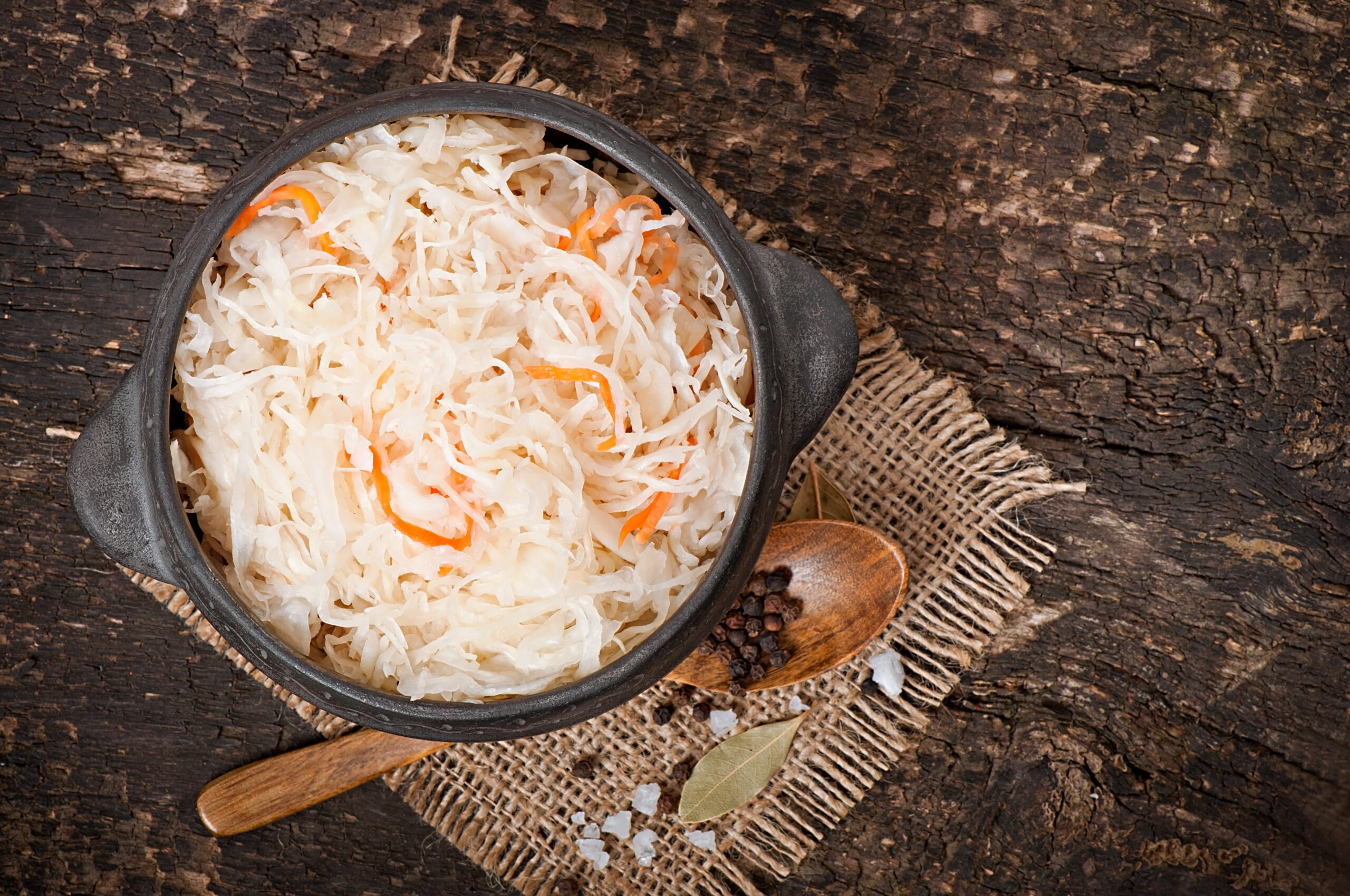
Ingredients:
- A medium-sized head of green cabbage
- 1 tbsp rock salt
- 1 tbsp ajwain (bishop’s weed/carom seeds), optional for flavor
- Mason jars for storage
- A clean cloth to cover the jar
- A rubber band or twine to secure the cloth
Method:
- Clean all the utensils. Wash and dry the mason jar well.
- Slice the cabbage and discard any wilted outer leaves.
- Cut the cabbage into quarters and remove the core.
- In a big bowl, combine the cabbage and salt. If you want to add flavor, add ajwain seeds.
- Massage and squeeze the cabbage with your hands, working the salt into it.
- Continue this process until the cabbage becomes soft and releases its liquid.
- Pack the cabbage tightly into the mason jar, pushing it down with your fist, as required.
- Pour any liquid released by the cabbage while massaging into the jar.
- Cover the mouth of the jar with a clean cloth and secure it with a rubber band or twine.
- Press down on the cabbage every few hours to ensure it remains submerged in its liquid.
- If after 24 hours, the liquid hasn’t risen above the cabbage, dissolve a teaspoon of salt in 1 cup of water and add enough to submerge the cabbage.
- Ferment the cabbage for 3 to 10 days. Check it daily. If the cabbage floats above the liquid, press it down.
- Start tasting the sauerkraut after 3 days. When it reaches the desired sourness, transfer it to the refrigerator to slow down the fermentation process.
Please note: You can store the sauerkraut in the refrigerator for several weeks or months.
Homemade Fermented Pickle

Ingredients
- A sterilized jar
- 3-4 cucumbers, whole/sliced
- 3-4 garlic cloves
- 1 clove, coarsely crushed
- 2 tsp black pepper powder
- 1/4 tsp mustard powder
- 1-inch sliced ginger
- 1 bay leaf or star anise
- 3% brine – 1000 ml water with 10 gms of pink salt
- Add ons – carrot/beetroot/radish/cauliflower/basil/gooseberry
Method
- In a glass jar, place the cucumber vertically. Keep the placement tight.
- Leave 1⁄4th space on the top.
- Add all the ingredients except the brine.
- Prepare the brine and pour it into the jar until it covers the cucumbers.
- Place a cabbage leaf on top to ensure the brine submerges the cucumbers.
- Close the lid or seal the jar using a clean handkerchief.
- Store it in a dark place for 3 to 4 days. Keep an eye out for molds.
- A pleasant sour smell is a sign of good fermentation.
- Once fermented, store it in the refrigerator.
- Consume 15 to 20 gms as a condiment with meals.
Homemade Kimchi
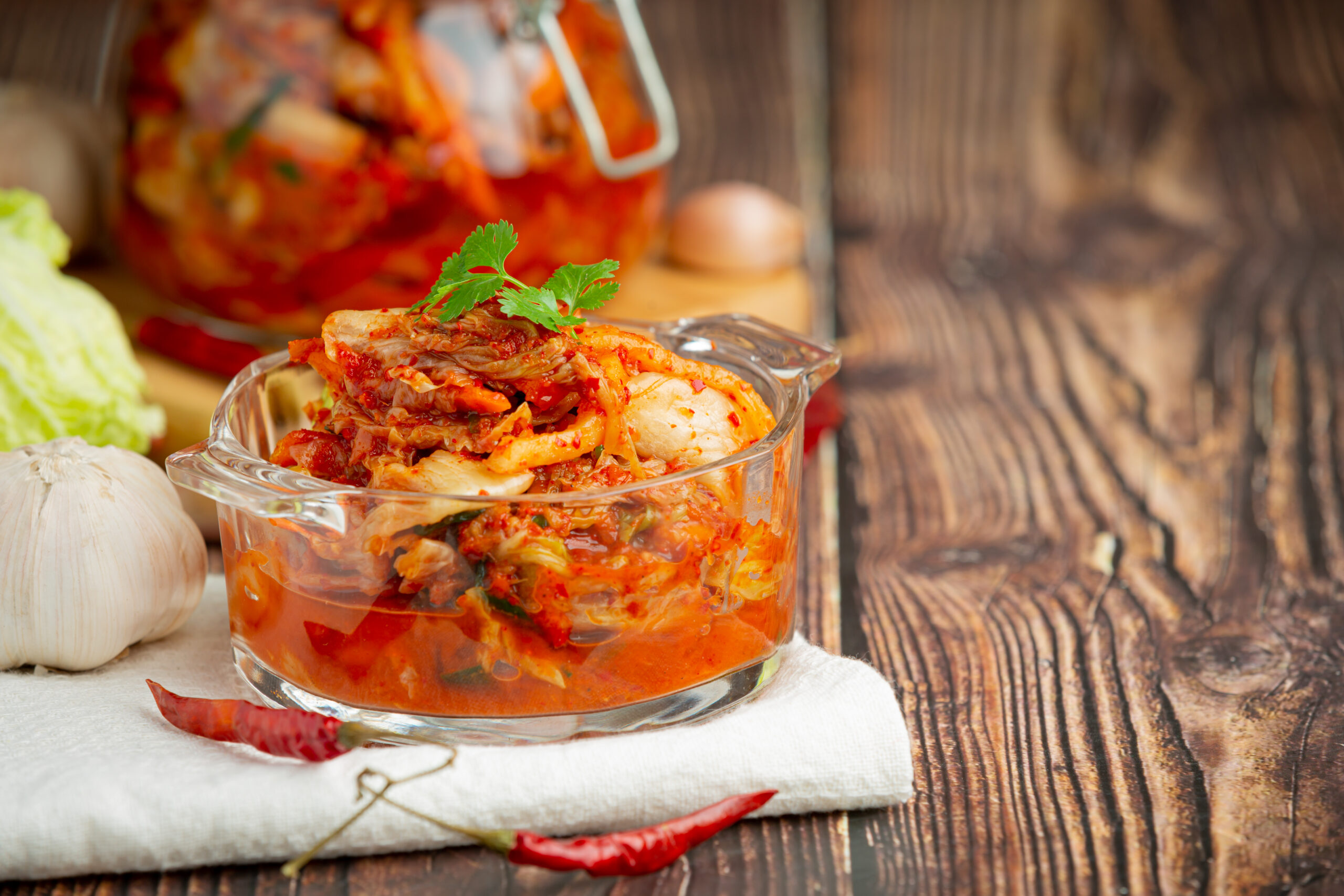
Ingredients:
- 1 medium-sized napa cabbage
- 1/4 cup rock salt
- 1 radish, julienned
- 3 carrots, julienned
- 4 green onions, chopped
- 4 cloves garlic, minced
- 1 tbsp grated ginger
- 3 tbsp cayenne pepper flakes
- 1 tbsp coconut aminos
- 1 tbsp organic coconut sugar
Method:
- Cut the cabbage into quarters and remove the core. Shred the cabbage into bite-sized pieces and place them in a large bowl.
- Sprinkle rock salt over the shredded cabbage. Ensure it is evenly distributed. Mix well and let it sit for about 2 hours. It will help to draw out excess moisture from the cabbage.
- Combine minced garlic, grated ginger, cayenne pepper flakes, coconut aminos, and organic coconut sugar in a separate bowl. Mix well to create a paste.
- Add the radish, carrots, and green onions to the bowl of cabbage. Pour the paste over the vegetables and toss everything together, ensuring that the vegetables are well coated with the paste.
- Transfer the kimchi mixture into a clean jar or airtight container.
- Press down the vegetables to remove air bubbles and ensure the liquid submerges them fully.
- Leave the jar at room temperature for about 1-2 days to allow the fermentation process to begin.
- After that, transfer the kimchi to the refrigerator and let it ferment for at least 5-7 days, or longer if desired. The longer it ferments, the more tangy and flavorful it will be.
- Once fermented to your liking, your homemade kimchi is ready to be enjoyed!
- Serve it as a side dish or add it to soups or stews.
Please note: It is important to use clean utensils and containers throughout the process to avoid any contamination. The fermentation process can create gas, so remember to burp the jar occasionally to release any built-up pressure.
Disclaimer: Certain cruciferous or raw vegetables may interact with medications or have specific effects on thyroid function, blood pressure, and kidney health. It is crucial to discuss any potential interactions or concerns with a healthcare professional to ensure the safe and appropriate consumption of these vegetables.
Please keep your healthcare provider informed before introducing any new food items into your lifestyle, especially if you have a medical condition or are taking medications. If you have any known food allergies, it is important to avoid those specific foods.
Have excellent probiotic recipes that you love? Drop them in the comments.
Remember, probiotics are not magical. Healing and rebuilding the gut needs a holistic approach.
If you are struggling with persistent gut issues or autoimmune conditions, we help you find a way.
Know more about our holistic Gut Health Program here.
Want to set up a one-on-one consult with our Gut Health experts?
Write to us at consults@lukecoutinho.com, WhatsApp us here or call 1800 102 0253.
|
From a pimple to cancer, our You Care Wellness Program helps you find a way Talk to our integrative team of experts today 18001020253 |

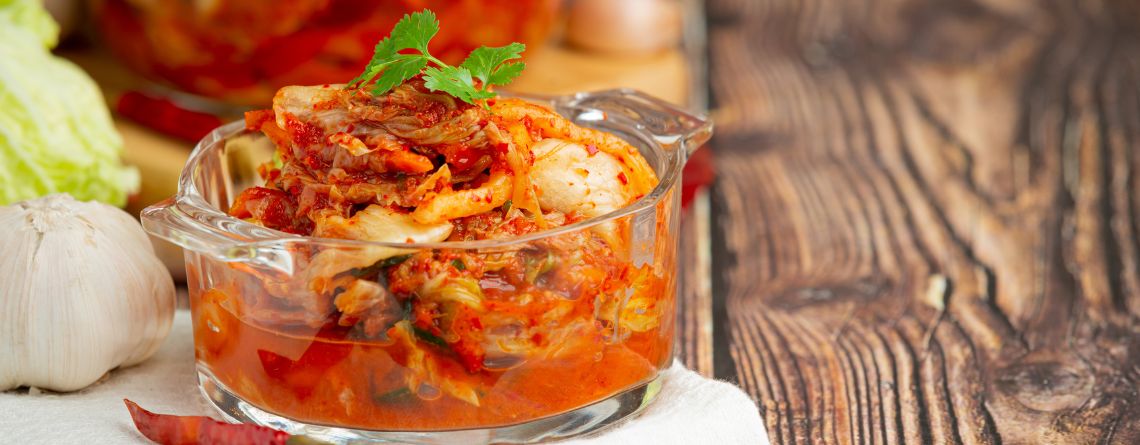
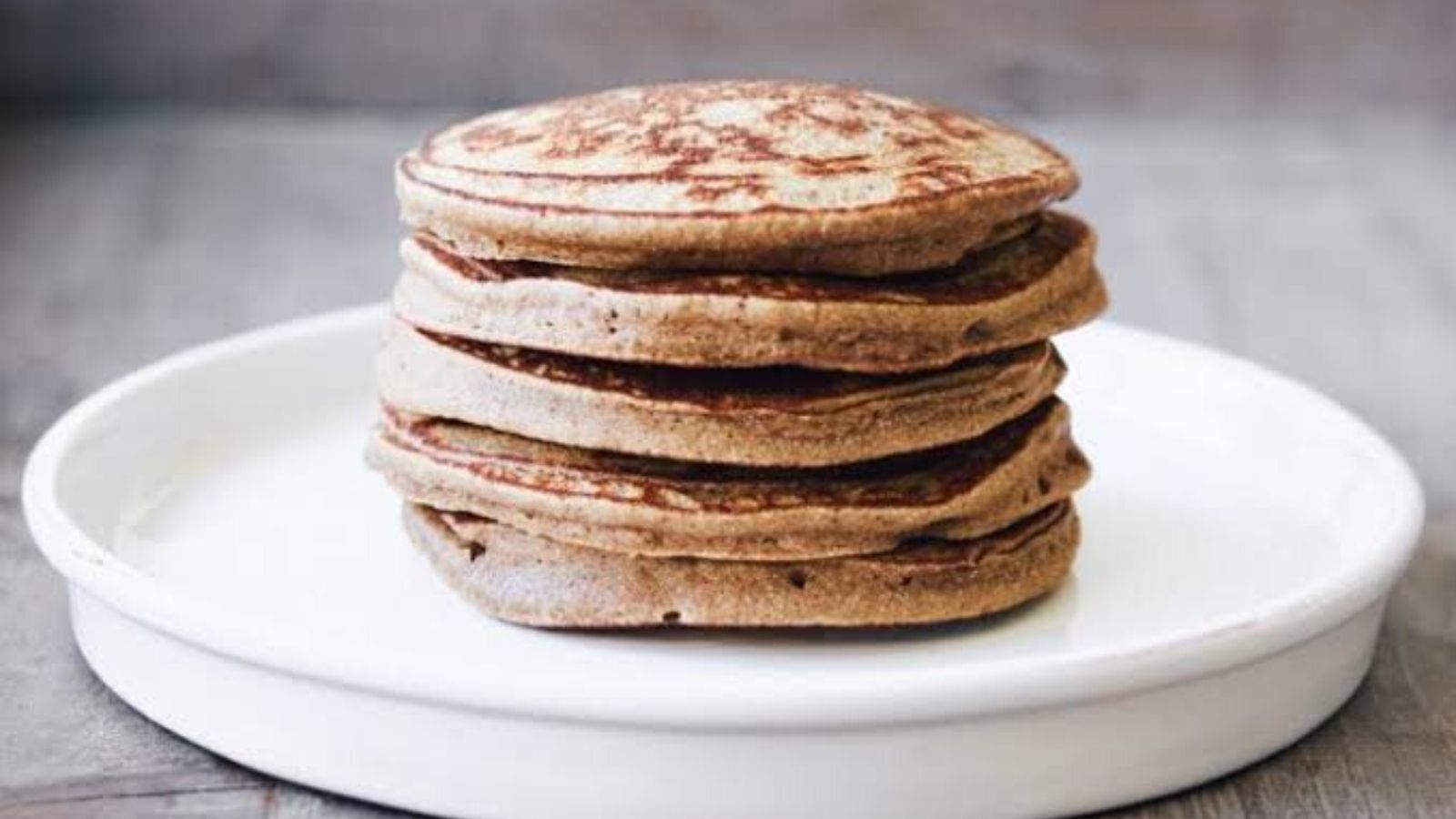

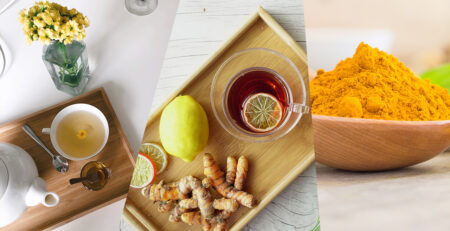



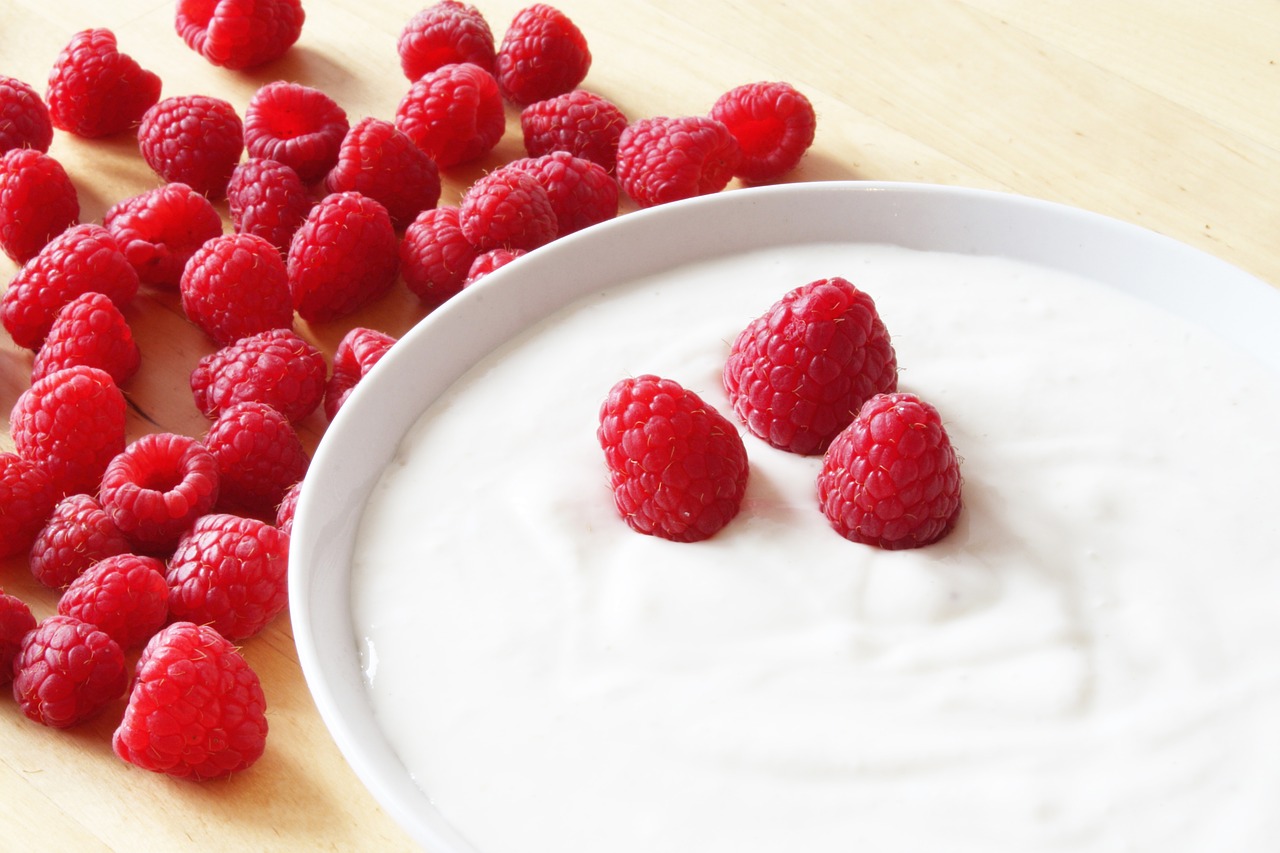

Leave a Reply